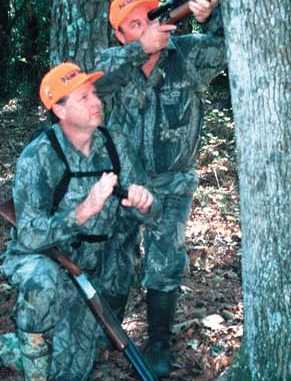
The Palmetto State has plenty to offer in terms of squirrels, rabbits, woodcock and quail.
Strange though it may seem to many, the hunting habits of South Carolinians have changed immensely in just two generations. Today, many hunters devote serious attention to only two pursuits — the quest for whitetail deer and wild turkeys. They may participate in a September dove shoot or two, go duck hunting a couple of times, or possibly spend a bit of time small-game hunting. For most, however, it seems it is hunt deer, turkeys, or just do nothing. Contrast that with the situation that prevailed 50 years ago. Squirrel hunting ranked as the Palmetto State’s most-popular sport, with rabbit hunting and quail hunting not far behind. For many, with the most-notable exceptions being those living in the Lowcountry, hunting for turkey or deer simply did not exist. The great comeback sagas of those two grand game animals were only in their beginning stages. Contemporary hunters who do not call back yesteryear, especially in the winter months, are missing some great sport. On Wildlife Management Areas (WMAs) across the state, as well as on private land, small game is abundant. To be more specific, wildlife biologists and game wardens say that squirrels are our most underutilized game animal; rabbits can still be found in good numbers anywhere there is suitable habitat; and for those interested,woodcock can offer excellent — if somewhat unpredictable — wingshooting fun. Quail are much more of a hit-or-miss proposition, but in places where the S.C. Department of Natural Resources (SCDNR) has undertaken habitat-improvement efforts, it is possible to find a covey now and again. Let’s look at these small-game species in more detail, with some thoughts on how and where to hunt them. Squirrels Bushytails are plentiful almost anywhere there is suitable food, and in large measure that translates to mature, hardwood forests. Float almost any of the state’s blackwater rivers, and you will pass through prime squirrel territory. Check out portions of either the Sumter or Francis Marion National Forests with good stands of hardwoods, and you are likely to be in business. Two destinations that deserve special consideration are the mountainous sections of the Sumter National Forest or that portion found along the Georgia-South Carolina state line bordering J. Strom Thurmond (Clarks Hill) Lake. Another approach, one that deer hunters across the state can utilize, is to pay some attention to squirrels and squirrel sign during whitetail season. If you are hunting a particular WMA with scurrying squirrels driving you crazy — bringing your senses to red alert because you think a deer is approaching — file that information away. The squirrels will still be there come after deer season ends. Similarly, smaller WMAs can be productive. Squirrel hunting is permitted on 25 of the 34 WMAs, and many of the smaller heritage-preserve areas are especially good bets. The Worth Mountain WMA, which borders the Broad River in western York County, has plenty of prime habitat. In truth, you can scarcely go wrong hunting squirrels anywhere across the state. They are plentiful in most areas, they get very little hunting pressure, and early mornings and late afternoons in the woods — all day if you hunt with a dog — can be very productive. Rabbits You will find cottontails almost anywhere they have the proper kind of cover, although pressure from coyotes, combined with a significant loss of habitat, means they are far less common than once was the case. For the most part, you will find rabbits in thickets, clearcuts or pine plantations that have been in place only a few years, along fencerows and ditch lines, or in field edges. In that regard, consider doing a bit of research on programs for quail habitat-management, and you likely will be in a place where there are rabbits. The two species have markedly similar habitat requirements, and the truth of the matter is that often, rabbits are the major beneficiaries of habitat work aimed at quail. In York County, the Draper and McConnells WMAs (owned and managed by the SCDNR) offer examples of the good rabbit territory available in a number of areas. Indeed, any of the WMAs that are actually held by the SCDNR are good bets. On a larger scale, you might want to consider a foray into some of that section of the Sumter National Forest bordering Hwy 72 between Chester and Clinton. Woodcock Woodcock are a pure delight to hunt, and they migrate through South Carolina in goodly numbers. They are strictly a hit-or-miss proposition; they can be there one day and gone the next. Find any creek bottom, especially if it features a mixture of bottomland hardwoods and canebrakes, and look for the tell-tale white splashings that are the droppings of timberdoodles. If present, you can jump shoot them by ambling slowly through the woods, and they hold wonderfully well for pointing dogs. Anywhere you find a creek or stream meandering across the Palmetto State landscape, you are likely to find woodcock. At the very least, they deserve consideration from small-game hunters. In addition to these three species, there’s always the possibility of late-season wood ducks along streams — although this poses the problem of having your gun loaded with non-toxic shot — or the welcome and all-too-rare encounter with a covey of quail. Maybe the best idea is to venture afield late in the season without any intention of focusing on a single, small-game animal. Instead, do what hunters of days gone by did: enjoy the pleasant uncertainty of mixed-bag hunting, taking what the day gives you. The choices are abundant and readily available. The rest is up to you.

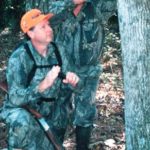
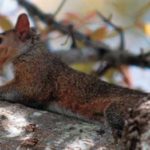
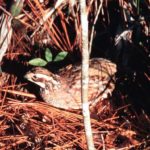
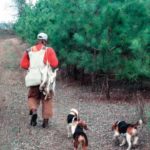
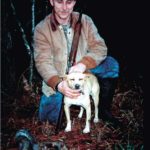
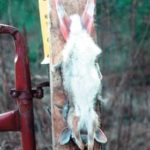
Be the first to comment